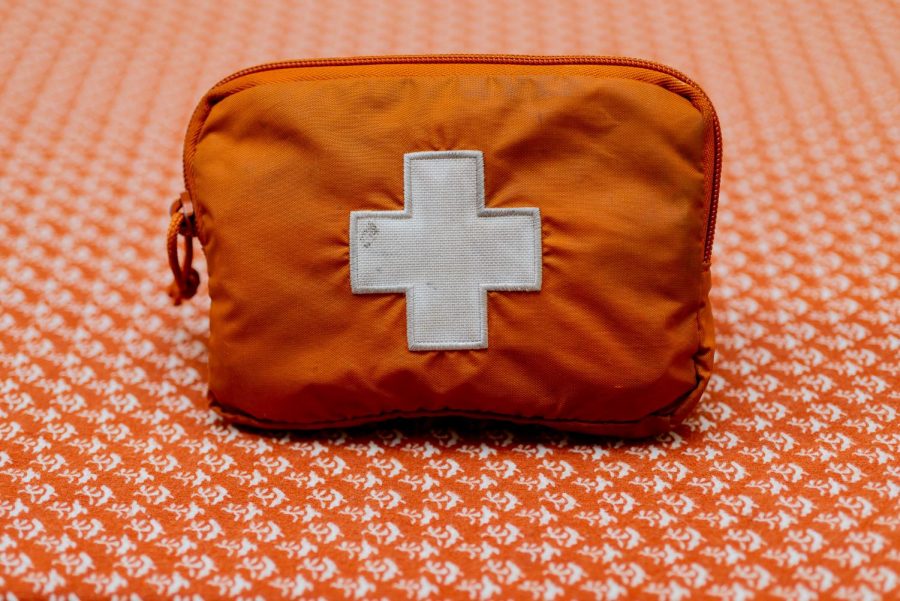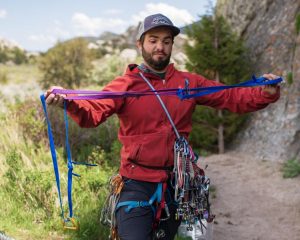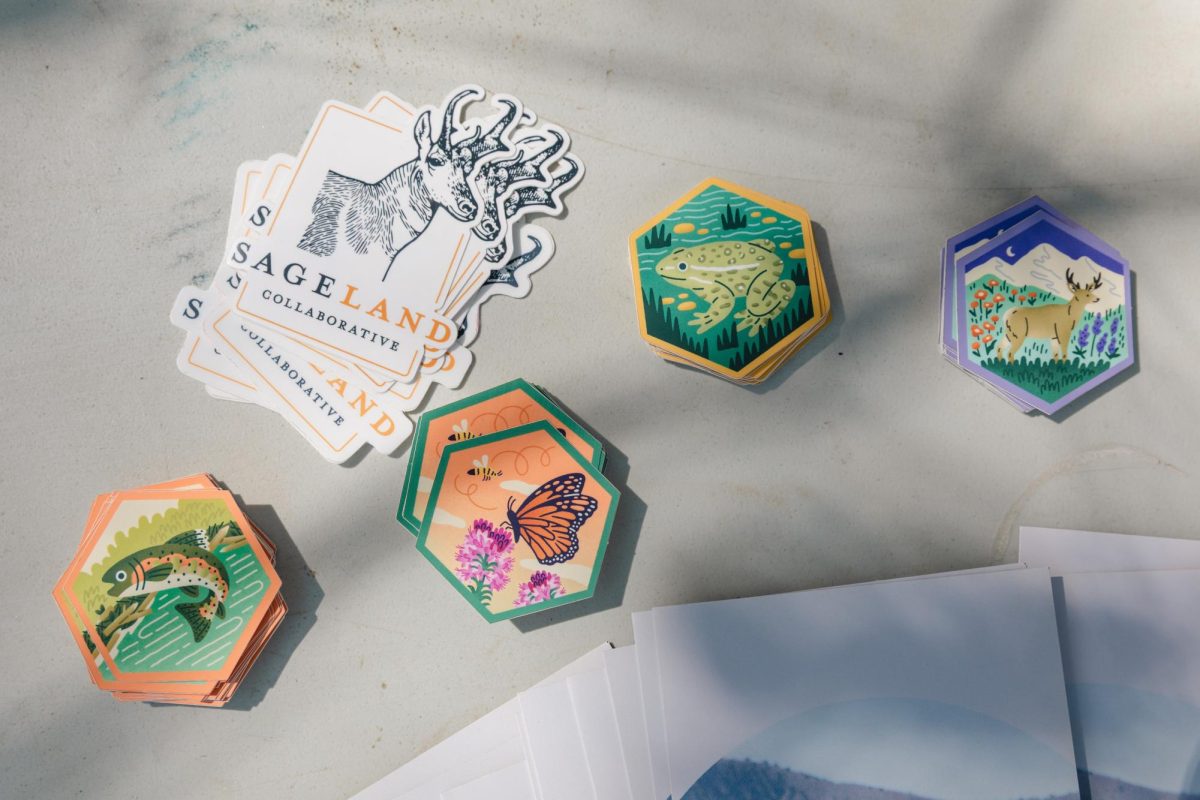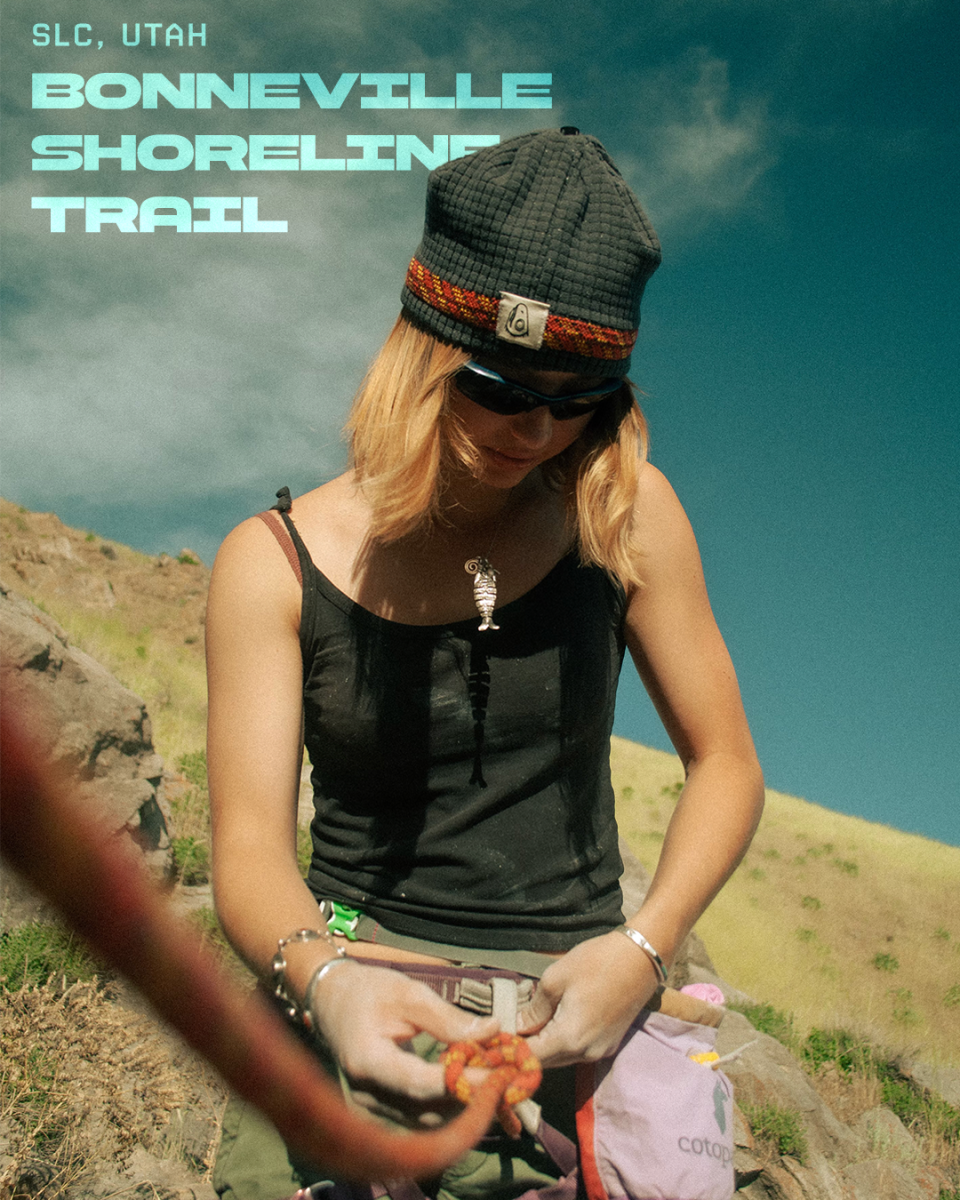A Beginner’s Guide to Wilderness Medicine
April 20, 2020
What is wilderness medicine? Upon hearing the term, you might imagine a broken leg splinted with a tree branch or news accounts of helicopter rescues of lost and injured hikers. If you’re active in the outdoor community, you may have even heard of wilderness medicine classes, or know someone who works in the field. The practice of wilderness medicine, while drawing on many techniques healthcare providers use in hospitals and clinics, diverges in a few important ways which make it a unique field especially important to anyone who likes to get off the beaten path.
Modern wilderness medicine takes the practice of healthcare out of the hospital and places it back into the austere environments where medicine first began to take shape—anywhere intrepid humans had the courage to go. Improvising solutions to bodily injuries with whatever happened to be on hand was the genesis of medical practice, and it remains the backbone of wilderness medicine today. Wilderness medicine additionally fuses the knowledge of healthcare providers with more portable medical supplies. This allows for the expanded practice of medicine in environments far from any hospital or where hospitals have been wiped out by natural disasters.
When in remote locations, a wilderness medical provider can see and treat a variety of uncommon illnesses unique to the region and activity (everything from frostbite to snakebite) on top of all the usual medical conditions a person can have (heart attacks, allergies, etc.). Wilderness medicine, unlike most kinds of modern medicine, is practiced wherever the patient is, whether that’s in a blizzard or scorching in a desert. This additional stressor adds health concerns that don’t exist in medicine’s usual climate-controlled buildings. Needing to keep a patient stable in fluctuating environmental conditions, and ultimately transporting them back to somewhere they can receive additional medical care is the overarching challenge of most wilderness medicine encounters.
As humans have explored the most extreme environments on earth, from the top of Everest to the bottom of the ocean, wilderness medicine has stepped alongside them to provide for their healthcare needs. But, you don’t even have to venture that far away to be in the scope of wilderness medicine. If you are a couple hours away from a hospital—be it on a short hike from civilization or deep in slot canyons where you haven’t seen another group for days—you’re far enough away from medical care that you will need help where you are before you can get to a hospital. This is where wilderness medicine and all the aforementioned qualities that make it unique come to the rescue.
While the formalization of wilderness medicine as a recognized branch of medicine and the establishment of official organizations and training in wilderness medicine have occurred in the not-too-distant past, the final thing that makes wilderness medicine different is that ultimately it is practiced in the outdoors by whomever is on hand to provide care. This could be a doctor who has wilderness medical training (if you’re lucky) or, more likely, it could be your friend who took wilderness first aid five years ago. You may not even have someone along on your trip with formal medical training of any kind, so the person in charge becomes the person who simply knows what to do next. Anyone might be required to practice wilderness medicine, which is why being prepared with knowledge and skills is a great idea when heading outside.
If you’re interested in pursuing training and certification in wilderness medicine, there are several organizations in Utah that will teach you the skills necessary to treat many injuries you might encounter during an outdoor adventure. The National Outdoor Leadership School (NOLS) and Wilderness Medicine of Utah both offer weekend Wilderness First Aid classes that are perfect for helping you feel more comfortable handling medical problems when you’re in the backcountry. If you’re interested in advancing your skill level even further, Wilderness First Responder courses offered by the same organizations provide expanded training to help you gain even more skills. Having additional medical knowledge is ultimately another tool in your first-aid kit that will help you better respond to any medical needs you may encounter while outside, improving your own practice of wilderness medicine.












